Bangkok’s vibrant street food scene has long been a magnet for food lovers, and the Michelin Guide’s recognition of its humble stalls has only amplified the city’s culinary prestige. The Michelin Street Food Map of Thailand is a treasure trove for those seeking unforgettable flavors without the frills of fine dining. From smoky woks to bubbling pots of broth, these stalls prove that greatness often comes in unassuming packages.
Walking through Bangkok’s labyrinth of alleys, the scent of charred pork, fragrant herbs, and sizzling oils is intoxicating. The Michelin selections span the city, from the tourist-heavy streets of Chinatown to the quieter neighborhoods where locals queue for their daily meals. What makes these stalls extraordinary isn’t just their affordability—it’s the mastery of technique, the balance of flavors, and the generations of tradition simmering in every dish.
One standout is Jay Fai’s famed crab omelet, a golden, crispy-edged marvel that has drawn food pilgrims for decades. The septuagenarian chef, her goggles perched defiantly as she tends the blazing wok, embodies the grit and precision that define Bangkok’s street food culture. Nearby, Raan Jay Fai isn’t the only star; unassuming spots like Guay Tiew Kua Gai Suanmali (stir-fried chicken noodles) or Wattana Panich’s slow-simmered beef broth reveal how deeply Michelin inspectors have dug to celebrate the city’s edible soul.
Venture beyond Bangkok, and the map unfolds like a culinary road trip. In Chiang Mai, Khao Soi Mae Sai serves a version of the creamy, curry-laced noodle soup so impeccable that slurping it feels like a rite of passage. Down south in Phuket, Mee Ton Poe’s Hokkien-style noodles—springy and drenched in umami-rich gravy—showcase how regional specialties shine under Michelin’s spotlight. Each stall tells a story, whether through a family’s secret recipe or the relentless pursuit of perfection in a single dish.
Critics might argue that Michelin’s presence commodifies street food, but the reality is more nuanced. The guide has inadvertently preserved traditions, encouraging younger generations to take pride in stalls that might otherwise vanish amid urbanization. For travelers, the map isn’t just a checklist—it’s an invitation to taste the heartbeat of Thailand, one bite at a time.
The beauty of this culinary journey lies in its spontaneity. Unlike booked-months-ahead restaurants, these stalls welcome everyone: billionaires rub shoulders with students, united by the love of a perfect pad Thai or a transcendent bowl of boat noodles. The Michelin Street Food Map doesn’t just point to food; it reveals the egalitarian magic of Thai dining, where excellence is democratic, and every baht spent is a vote for culinary heritage.

By Eric Ward/Apr 11, 2025

By Laura Wilson/Apr 11, 2025

By Jessica Lee/Apr 11, 2025

By Christopher Harris/Apr 11, 2025

By Michael Brown/Apr 11, 2025
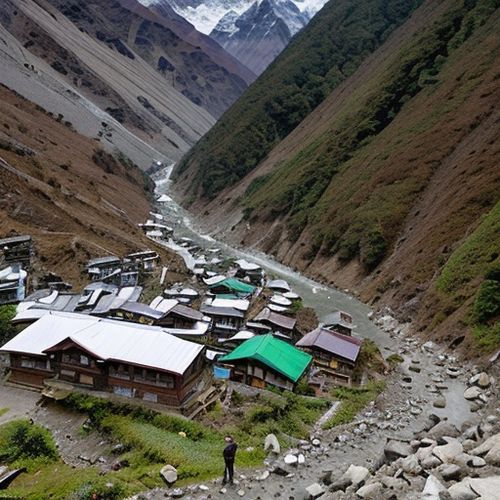
By Victoria Gonzalez/Apr 11, 2025
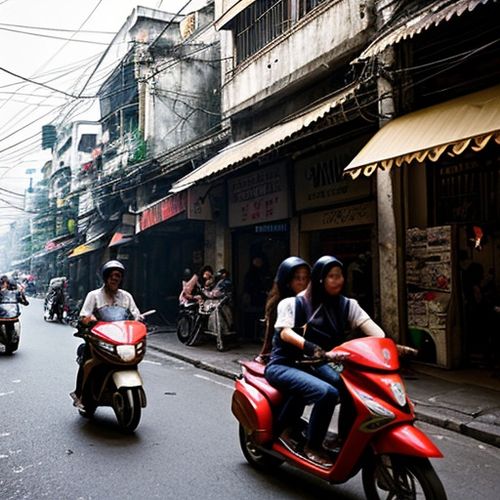
By Daniel Scott/Apr 11, 2025
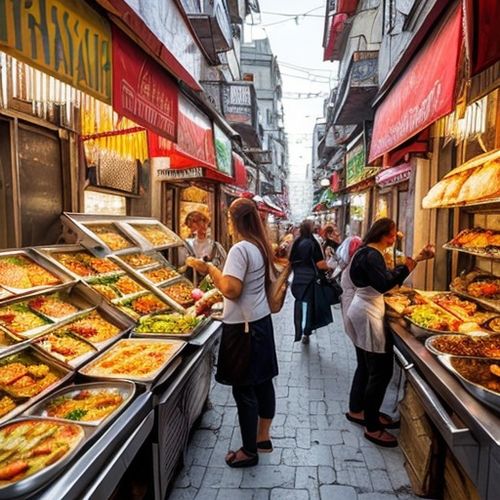
By Natalie Campbell/Apr 11, 2025
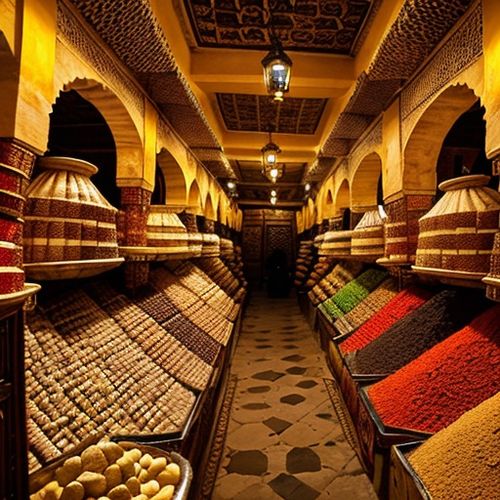
By Daniel Scott/Apr 11, 2025
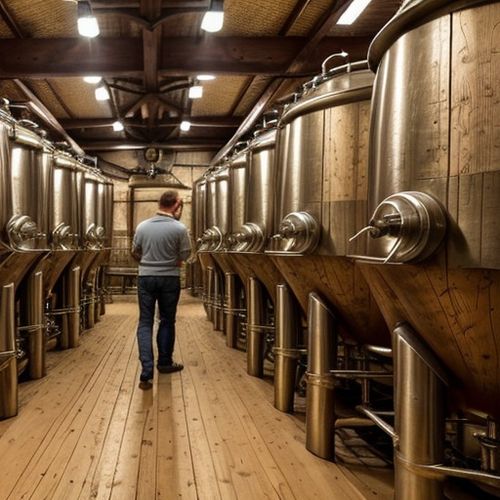
By Joshua Howard/Apr 11, 2025
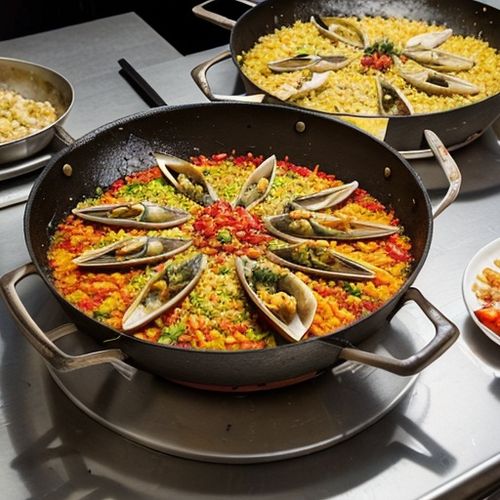
By Christopher Harris/Apr 11, 2025
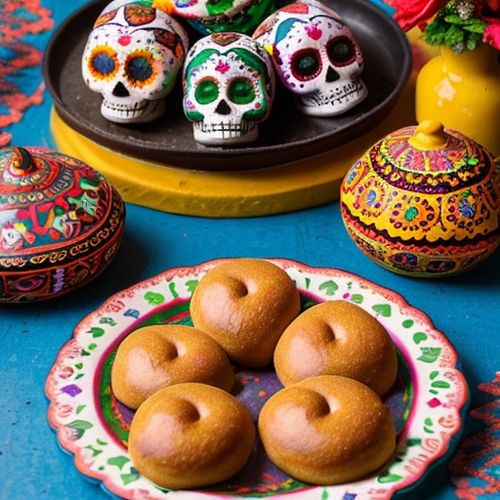
By Amanda Phillips/Apr 11, 2025
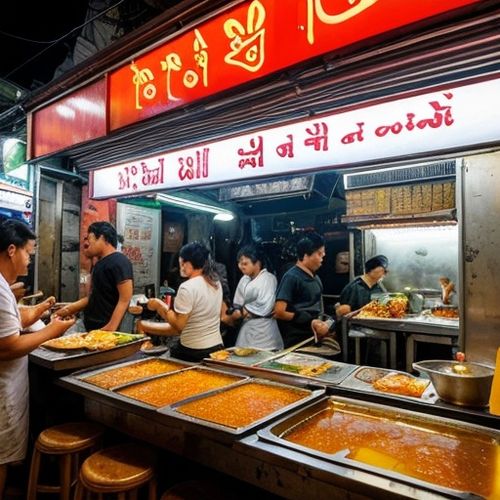
By Rebecca Stewart/Apr 11, 2025

By Amanda Phillips/Apr 11, 2025
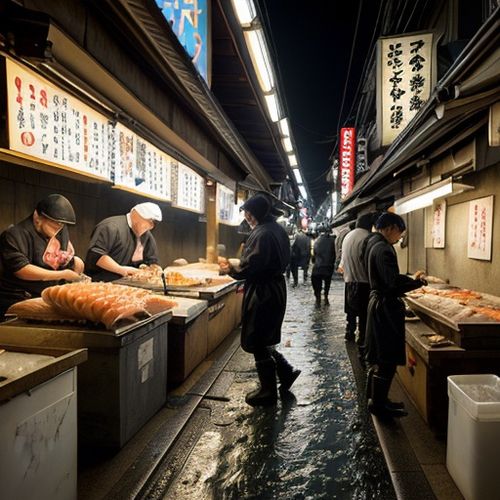
By Megan Clark/Apr 11, 2025
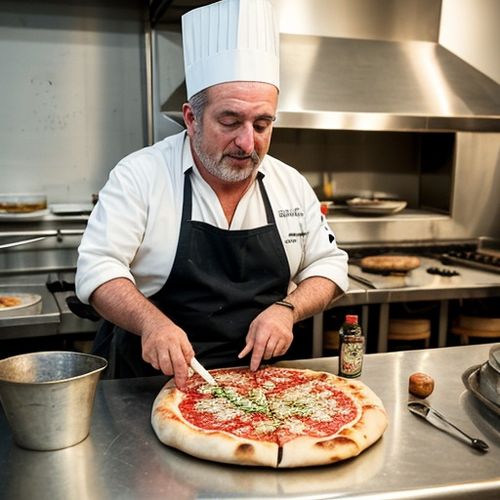
By Olivia Reed/Apr 11, 2025

By Jessica Lee/Apr 11, 2025

By Grace Cox/Apr 11, 2025

By Rebecca Stewart/Apr 11, 2025

By Olivia Reed/Apr 11, 2025